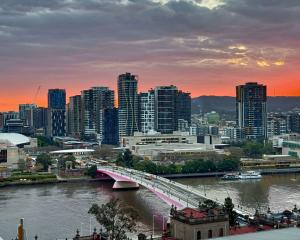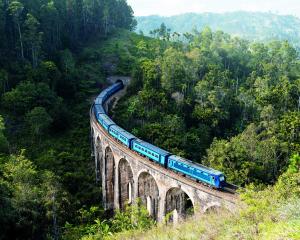
Upon my return from Iceland, nearly everyone inquired, "Did you witness the Northern Lights?"
This question is quite expected for anyone who has visited this North Atlantic island nation, renowned for a breathtaking display of green light ribbons that dance across the sky. Commonly referred to as the Northern Lights, this natural spectacle, scientifically called the Aurora Borealis, occurs when charged solar particles collide with atoms in Earth's upper atmosphere at astonishing speeds, reaching up to 724million kilometres per hour, resulting in luminous emissions that are typically green, although hues of pink and violet may also appear.
The phenomenon is generally visible in the Nordic region, spanning areas of Finland, Sweden, Norway, Iceland, Greenland and Canada. Nevertheless, visibility is not guaranteed, as it is influenced by weather conditions and various solar factors.
Therefore, witnessing this occurrence is largely a matter of chance, akin to the likelihood of encountering a lion or a tiger in the wildlife reserves of Africa or India.

It is often said Mother Nature showcases her finest work in Iceland, and I wholeheartedly concur with this sentiment.
During my visit, I encountered an array of amazing natural wonders, including vast glaciers, cascading waterfalls, a coastline adorned with black sand, pristine blue lagoons, snow-capped volcanic mountains, extensive moss-covered lava fields and rejuvenating hot springs that are said to add an extra decade to one's life.
The island is situated on the Mid-Atlantic Ridge, where the Eurasian and North American tectonic plates converge, making it one of the most volcanically active areas on the planet. Home to over 100 volcanoes, some of which are still active, this abundant geothermal energy has significantly influenced not only the nation’s rugged terrain but also its life, culture and economy by providing a sustainable and affordable energy source for domestic and industrial usage.

Due to the coexistence of these extreme natural elements — volcanic fire and icy glaciers — the destination is often referred to as the Land of Fire and Ice.
After spending some time in the capital, Reykjavik, I embarked on a four-day expedition with Iceland Travel, one of the region’s reputed tour operators, exploring the renowned South Coast region, which showcases nearly all the natural forces that affirm the destination's nickname, from fiery volcanoes and geothermal marvels to freezing glaciers and lagoons.

Revered as a shrine of Iceland due to its great geological and historical significance, the Þingvellir National Park was a key stop on our itinerary.

It was also at this site, the early Norse settlers in 930 scripted the maiden page of the nation’s history book by opening the world’s first democratic parliament which remained in session until 1798.
Iceland was uninhabited until Norseman Ingolfur Arnarson discovered the island in 870 during the Viking age and commenced permanent settlement, initially as a "free state", later coming under the rule of the Norwegians and the Danes before becoming independent in 1944. My basic knowledge of Iceland’s history was supplemented by visits to various museums in Reykjavik, to the National Museum of Iceland, Reykjavik Maritime Museum and the Saga Museum, where the exhibits provided a deep insight into the Icelandic history from settlement to present day.

About two-thirds of the nation’s population of approximately 390,000 live there. The 75m-tall Hallgrimskirkja Church is the city emblem. A view from its summit testified to me the splendor of the city’s natural surroundings, dominated by the splashing of the Atlantic waves and overlooked by the snow-covered volcanic mountains at a distance.
Another must-visit in the city is the newly opened Volcano Express, which presents a cinematic experience that dives into Iceland’s volcanic forces and provides the audience with a rare feel of the power of earthquakes, the rush of flight and freefall and the intense heat of lava which Icelanders have faced in reality.
Travel notebook
Getting There: Fly Air New Zealand (www.airnewzealand.co.nz) from Auckland to London or Amsterdam, and then Iceland Air (www.icelandair.com) to Reykjavik
Stay: Fosshotel Reykjavik (www.islandshotel.is), and Hotel Stracta (www.stractahotels.is) and Hotel Klaustur (www.hotelklaustur.is) in South Iceland.
Tours: For info on tours to Iceland, check Beyond Travels (www.beyondtravel.com.au) or call 0800 550 065.











